-33%
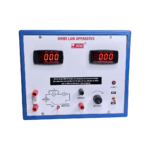
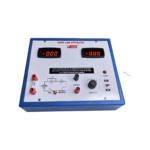
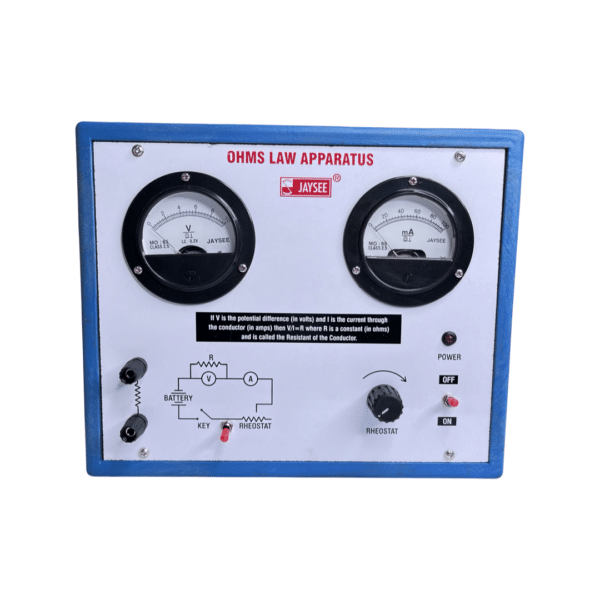
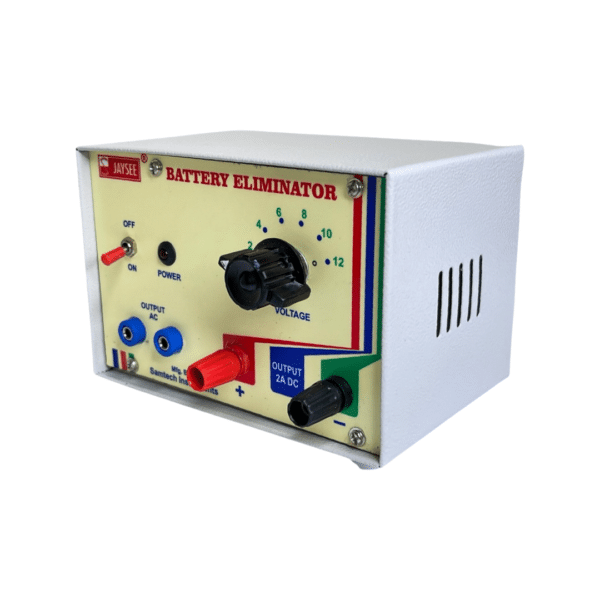


₹2,000 Original price was: ₹2,000.₹1,350Current price is: ₹1,350. (Exc. GST)
To pick up today
Free
Our courier will deliver to the specified address
4-5 Days
200+
Welcome to this guide on how to perform an Ohm’s Law experiment. In this article, we will explore the fundamental principles behind Ohm’s Law and provide step-by-step instructions on conducting the experiment using JAYSEE Ohms Law Apparatus. Whether you are a student or an electronics enthusiast, understanding Ohm’s Law is essential in comprehending the behavior of electrical circuits. Let’s dive in!
Ohm’s Law is a fundamental principle in electrical engineering and physics that describes the relationship between voltage, current, and resistance in a circuit. It states that the current flowing through a conductor is directly proportional to the voltage applied across it and inversely proportional to the resistance of the conductor.
Voltage (V) is the electrical potential difference between two points in a circuit, measured in volts (V). Current (I) is the flow of electric charge through a conductor, measured in amperes (A). Resistance (R) is the opposition to the flow of current in a circuit, measured in ohms (Ω). Ohm’s Law is expressed mathematically as V = I * R.
Before conducting the experiment, gather the following materials:
To calculate resistance, rearrange Ohm’s Law equation to R = V / I. Once you have measured the voltage (V) and current (I) values, divide the voltage by the current to determine the resistance.
Knowing how to calculate resistance is vital in various applications. It allows you to determine the resistance of electronic components, troubleshoot circuit problems, and design circuits that meet specific requirements.
Congratulations! You have now learned how to perform an Ohm’s Law experiment. Understanding the relationship between voltage, current, and resistance is crucial for grasping the fundamentals of electrical circuits. By conducting this experiment, you have gained hands-on experience and practical knowledge that will serve you well in your further explorations of electronics
| Brand | JAYSEE |
|---|---|
| Power Supply Built-in | YES |
In stock
In stock
No account yet?
Create an Account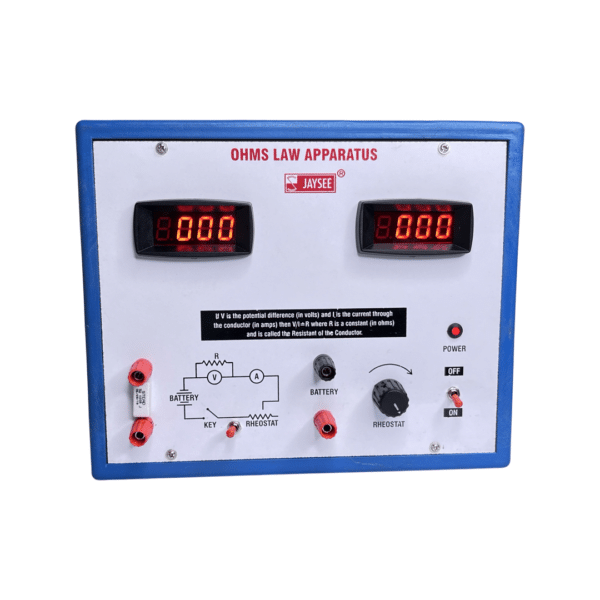
SAMTECH INSTRUMENTS
Typically replies within minutes
Any questions related to Digital Ohms Law Apparatus?
🟢 Online | Privacy policy
WhatsApp us

